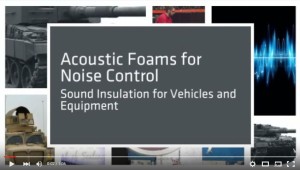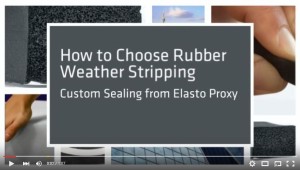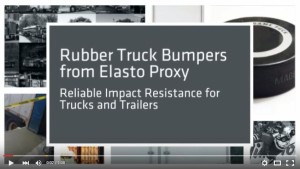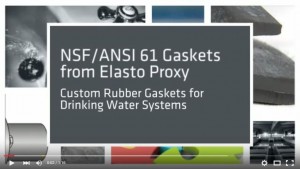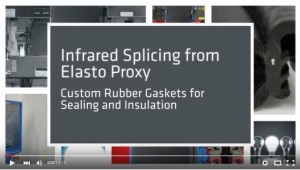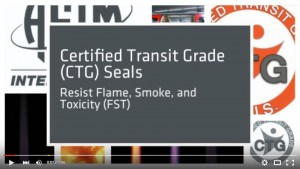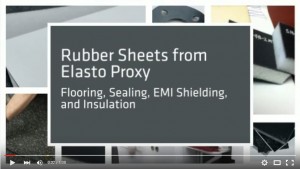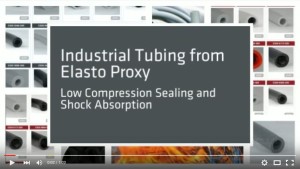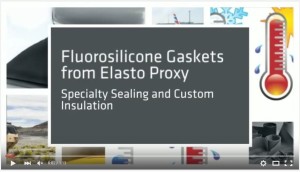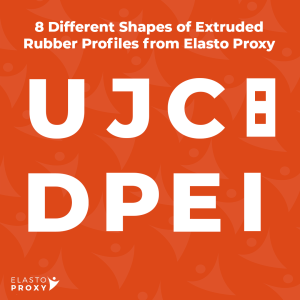How Custom Fabrication Strengthens Manufacturing Supply Chains
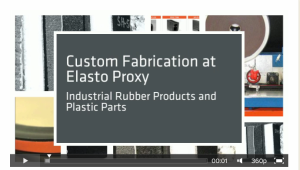
Custom fabrication isn’t just about converting materials. It’s about strengthening your supply chain. Learn how custom fabrication improves quality, controls costs, and meets demanding requirements.
Custom fabrication is a type of manufacturing that turns stock items or materials into finished parts or products. Typically, these items or materials are made of rubber, plastic, metal, concrete, or wood, and are supplied in standard forms such as sheets, rolls, tubes, rods, billets, bars, extrusions, and slabs. Custom fabricators use many different types of production equipment to cut materials to size, and some companies also offer value-added services such as joining and assembly.
A custom fabricator’s capabilities determine whether parts and products can be supplied in low, medium, or high-volume quantities. Global companies like Elasto Proxy have a network of warehouses, and can release custom fabricated products according to customer sales forecasts. We can also ship finished products on demand. Custom fabrication thus adds flexibility to the manufacturing supply chain, but does it add value to your operations? Industrial buyers and product designers need to consider a variety of factors, especially during vendor selection. (more…)

